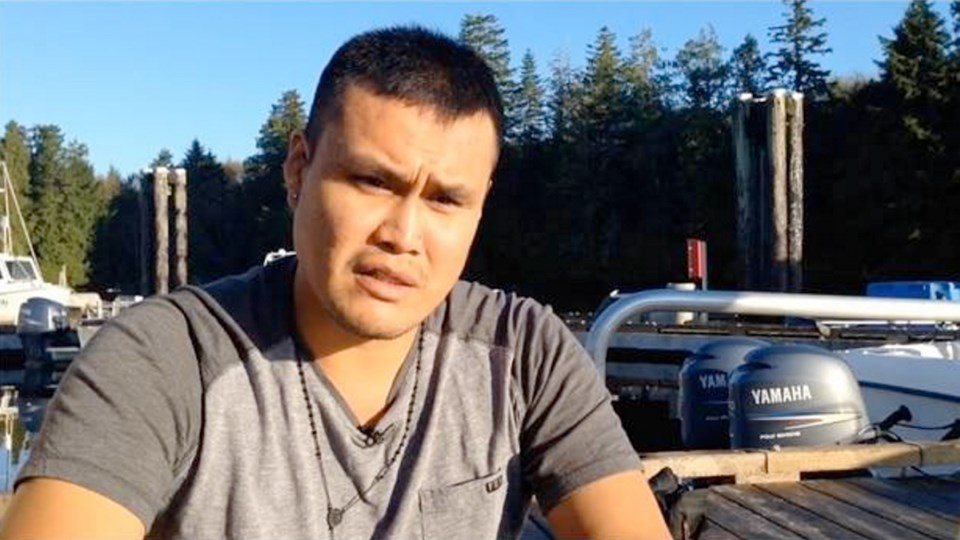TOFINO — A rogue wave hit the tour boat Leviathan II as it moved slowly off Vargas Island near Tofino just before it sank, passengers told their rescuer.
Peter Frank Jr., who was one of the rescuers from the First Nations community of Ahousaht, said survivors recounted the tragedy as they made their way to safety aboard his water taxi, the White Star.
“They were saying they were looking at the seals and they saw this real big wave coming, bigger than the rest,” Frank said.
“It brought them up and they fell over and just started tumbling, over and over.
“The next thing they know, the boat is full of water and they were all rushing out. The only thing they could see was the life-raft, so they all swam for the life-raft.”
Ahousaht is just a few kilometres from where Leviathan II, a 65-foot aluminium whale-watching boat, capsized close to Plover Reef off Vargas Island.
Five of the two dozen passengers died and one is missing. The three crew members survived.
Frank, 33, said he was taking two passengers from Ahousaht to Tofino when he heard his cousin, Kenny Brown, call for help.
Brown and a friend were fishing on the outside of Flores Island when they saw a distress flare from Leviathan II.
Frank said as soon as Brown reached the scene he frantically called out for help over the radio.
At first, Frank thought his cousin was in trouble, but when he turned his water taxi toward the scene he realized Leviathan II had capsized.
He arrived on scene to see nine people in a life-raft, several more on the rocks and the ship itself all but gone except for the bow.
Frank said Brown directed him to the raft, and he tried to get the survivors aboard his vessel as quickly as he could.
Deep swells made the rescue operation difficult.
In the meantime, Brown manoeuvred his boat close to the survivors on the rocks.
Frank said that as he pulled people off the life-raft, he gave them life-jackets and whatever dry clothing he could find in his vessel’s lost-and-found box.
There were dozens of life-jackets on board the vessel, but the passengers were not wearing them, as permitted under Transportation Safety Board rules for larger boats with enclosed quarters.
Frank took off his jacket and gave it to a woman who was beginning to show signs of hypothermia.
Many of the survivors were distraught and they all held their breaths as waves bounced the aluminum water taxi up and down.
Frank said he tried to calm them, telling them his vessel had been proven in rough waters and that they were now safe.
One man was yelling for his wife, saying she couldn’t swim, Frank said. He doesn’t know if the woman made it ashore.



